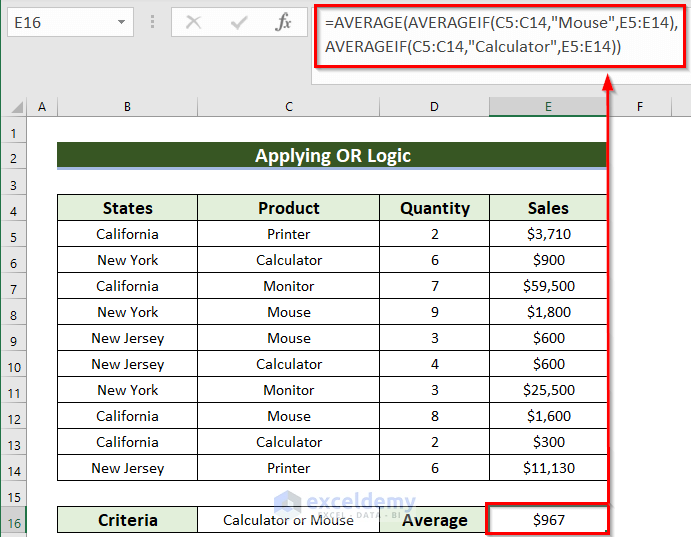5 Easy Steps to Calculate Average from Excel Sheets

5 Easy Steps to Calculate Average from Excel Sheets

Excel is an incredibly powerful tool for managing and analyzing data, and one of the basic operations often needed in data management is calculating the average of a dataset. Whether you’re dealing with sales figures, student grades, or any set of numerical data, understanding how to find the average in Excel can be crucial. Here, we’ll explore five straightforward steps to help you calculate averages using Excel sheets, ensuring your workflow is efficient and your data is accurately represented.
Step 1: Data Entry

- Enter your data into Excel. Ensure that the values you want to average are in contiguous cells, either in a single row or a column. For example:
Sales (USD) 200 400 600 350 800 
- Check for errors: Ensure that the cells only contain numbers. If there are any non-numeric entries or blank cells within your data range, these will be ignored or cause an error in the average calculation.
Step 2: Selecting the Data Range

- Click and drag to select the range of cells containing your data. This can be one column or row, like A1:A5 in the above example, or multiple columns or rows for a larger dataset.
Step 3: Use the AVERAGE Function

- In an empty cell where you want the average to appear, type the following formula:
=AVERAGE(A1:A5)
- This formula tells Excel to calculate the average of the cells from A1 to A5. The AVERAGE function is a built-in function in Excel, making the process simple and effective.
Step 4: Review and Verify

- Once you’ve entered the formula, Excel will display the average in the cell you chose. Here are some verification steps:
- Check for correct range: Double-check that the cell references in the AVERAGE formula match your intended data range.
- Understand the result: The average should reflect what you expect. For example, in our table, the average of 200, 400, 600, 350, and 800 should be 470.
Step 5: Expanding Functionality

- Excel’s AVERAGE function is versatile. Here are additional ways to use it:
- To calculate the average for specific criteria, use AVERAGEIF or AVERAGEIFS.
- To average across multiple ranges, separate them in the formula with commas, like
=AVERAGE(A1:A5, C1:C5)
.
📝 Note: Ensure your data does not contain errors or blank cells. If your data is dynamic, consider using the AVERAGEA function to include logical values and text representations of numbers.
As we wrap up our exploration on how to calculate averages in Excel, it’s clear that with just a few steps, you can perform this basic yet essential calculation. From entering your data accurately to understanding and expanding on Excel’s basic functions, this process can be seamlessly integrated into your daily data management tasks, empowering you with quick insights into your datasets.
Why is it important to calculate averages in Excel?

+
Averages help in summarizing large datasets, allowing for quick insights into trends, patterns, and performance metrics. They are essential in fields like finance, education, and statistics to provide a measure of central tendency.
Can I calculate the average of non-adjacent cells in Excel?

+
Yes, you can use the AVERAGE function with multiple ranges separated by commas to include non-adjacent cells. For example,
=AVERAGE(A1:A5, C1:C5).
What if my data range contains empty cells?

+
The AVERAGE function ignores empty cells. However, if your dataset includes logical values (TRUE/FALSE) or text representations of numbers, use AVERAGEA to include these values in your calculation.